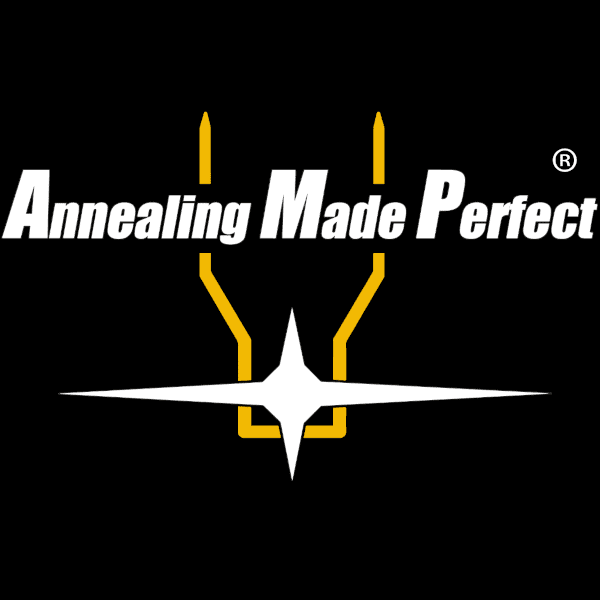And after listing cons of salt bath, they say this:
I don't buy into the notion that AMP is being overly critical of the salt bath method. They seemed to rationally lay out how one processes doesn't achieve their goals, and offered a viable alternative to their product to achieve that goal.
They did do salt bath dips at 8 seconds and 20 seconds. The results from that is the core of their point regarding salt bath annealing in bottleneck cases.
You have to remember they're coming from the point that they want 100-120 HV in the shoulder AND NECK of the case. Salt bath doesn't get a bottleneck case neck to to 100HV. If 8 and 20 seconds didn't get it there, 11 seconds wouldn't either because the case isn't softening and re-hardening at different points in the dip, it's only getting progressively softer.
I don't think it's a smear campaign, just a bunch of loud Chevy vs Ford supporters on the internet BS-ing and yelling over more meaningful technical discussion between people who know what's actually going on.

We know that both work, in different ways, and neither is designed to meet all of the goals possible here.



